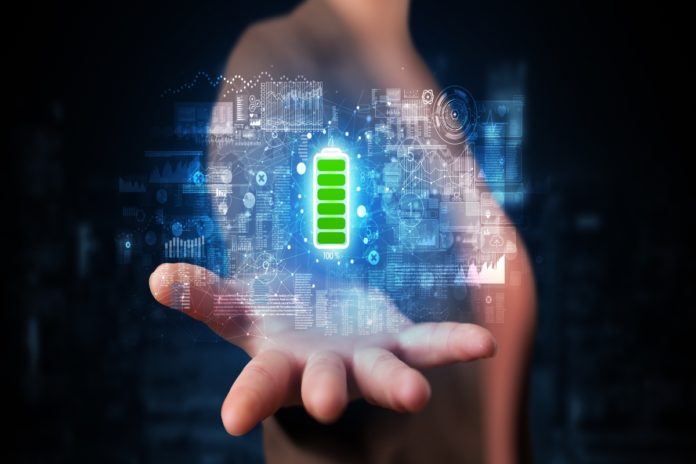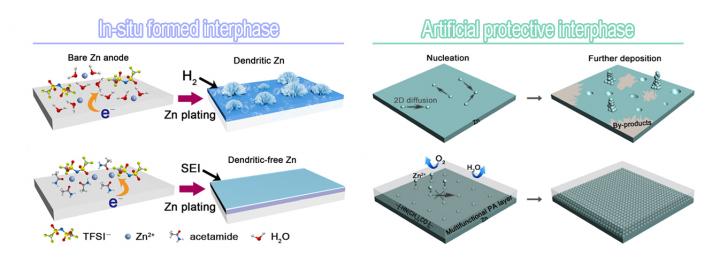
When it comes to batteries, efficiency is key. And with a big focus on staying green, experts have been long on the look out for a battery that is rechargeable, safe, and green, and can take the place of the volatile, not so efficient, lithium-ion battery. And with the chemistry of the solid-electrolyte interphase (SEI) being an essential governing factor in the cycling life of rechargeable batteries, they have become one of the key focus points for research.
Zn batteries, or ZBs for short, may be just that. Not only are they low cost, but they also kick out some serious volumetric energy, which makes them a prime candidate be the next big battery. The only problem is that some characteristics of the Zn-electrolyte interface restrict the rechargeable ZBs development and use. To try and solve this issue Prof. CUI Guanglei and colleagues from the Qingdao Institute of Bioenergy and Bioprocess Technology of the Chinese Academy of Sciences took to creating new concepts involving existing SEIs as a way of modulating the electrochemical properties of Zn.

During their research, the group observed (for the first time ever) fluoride-rich SEI located on a Zn anode. “The protective interphase enables reversible and dendrite-free Zn plating/stripping even at high area capacities,” said Prof. CUI. “This is due to the fast ion migration coupled with high mechanical strength.” The Zn batteries demonstrated great stability and an excellent efficiency level at both high and low rates being designed in such a way.
The researchers also found that coating the Zn surface with a protective polyamide layer added to its performance levels, even at a high depth of discharge.
